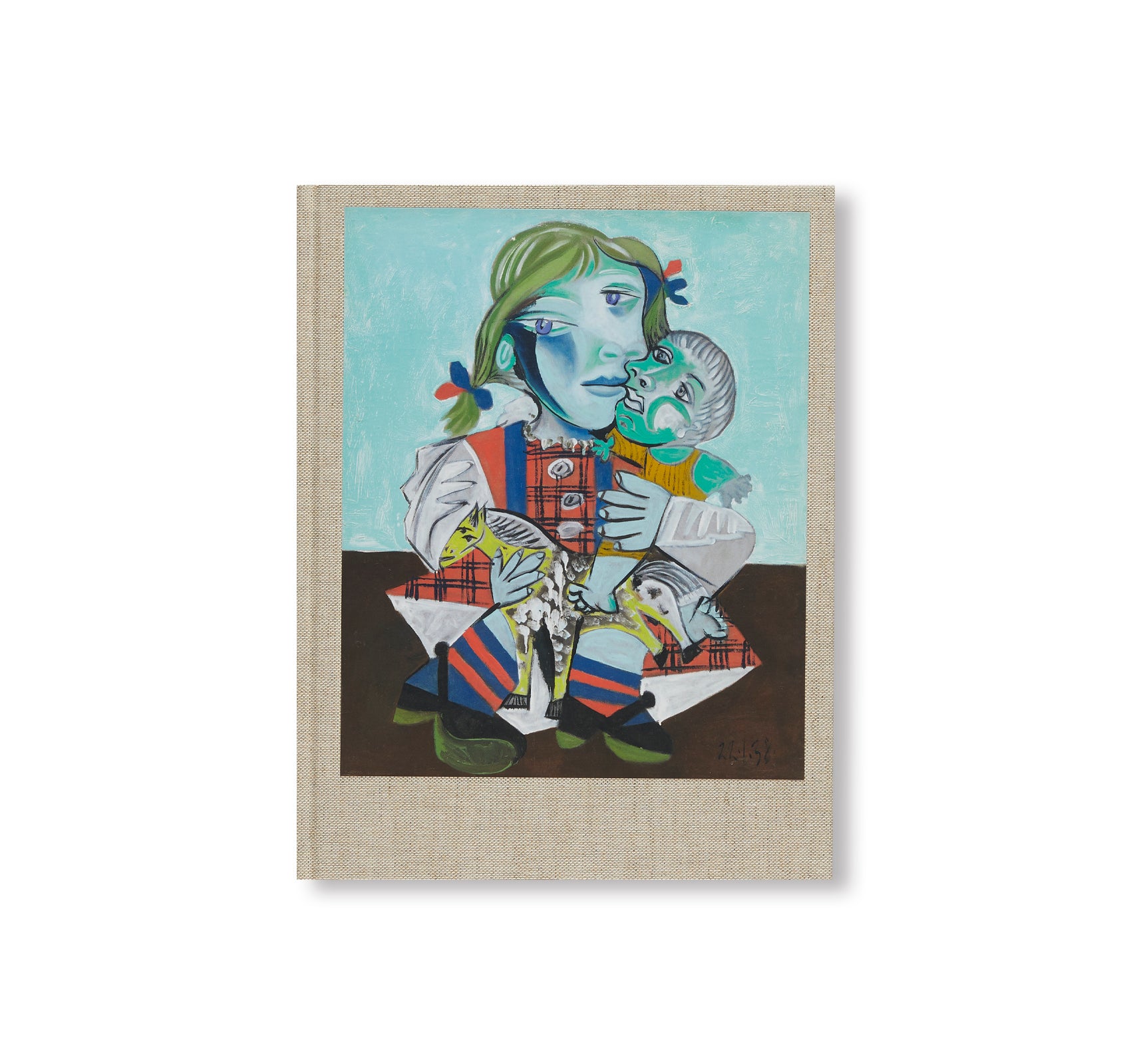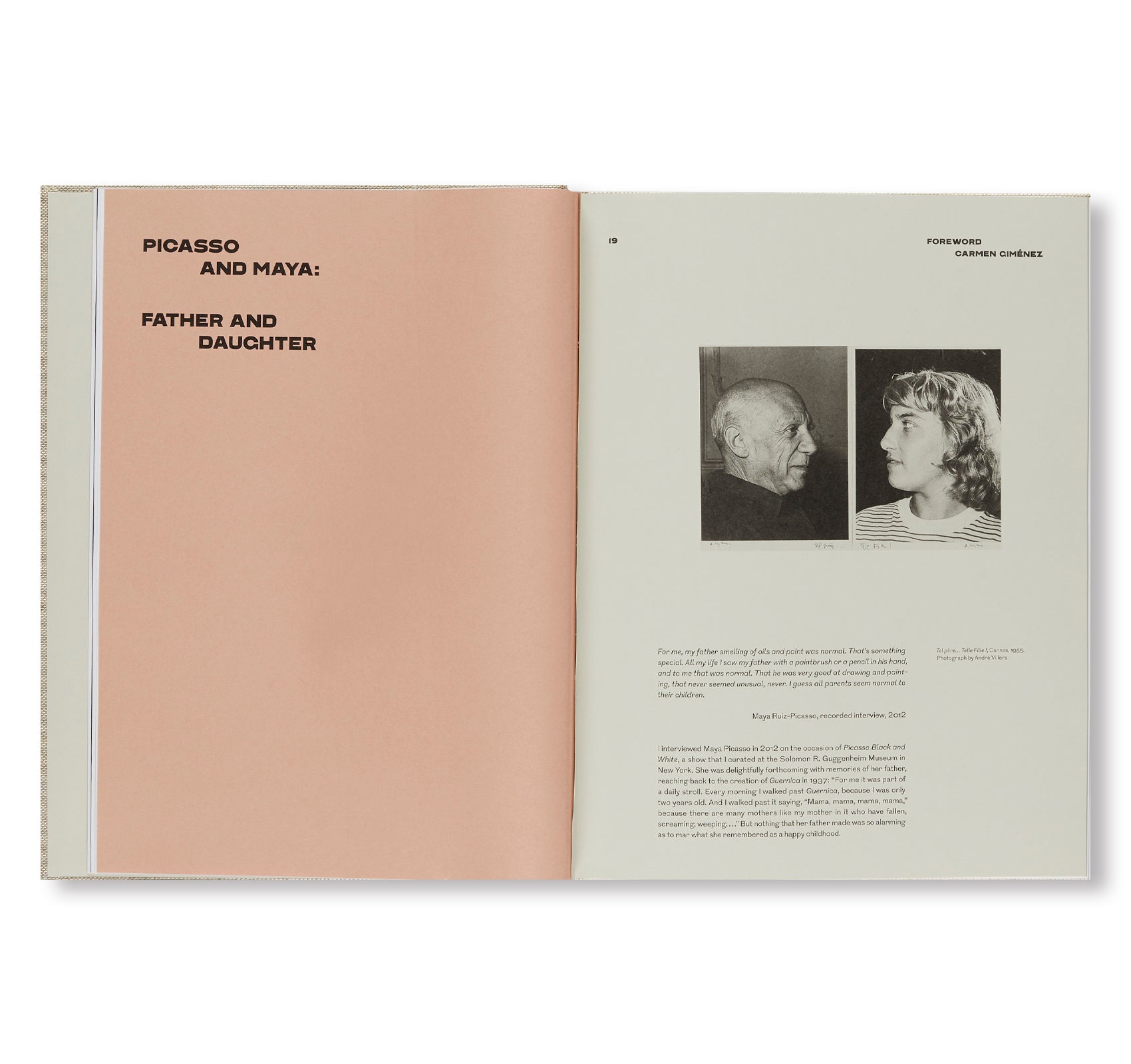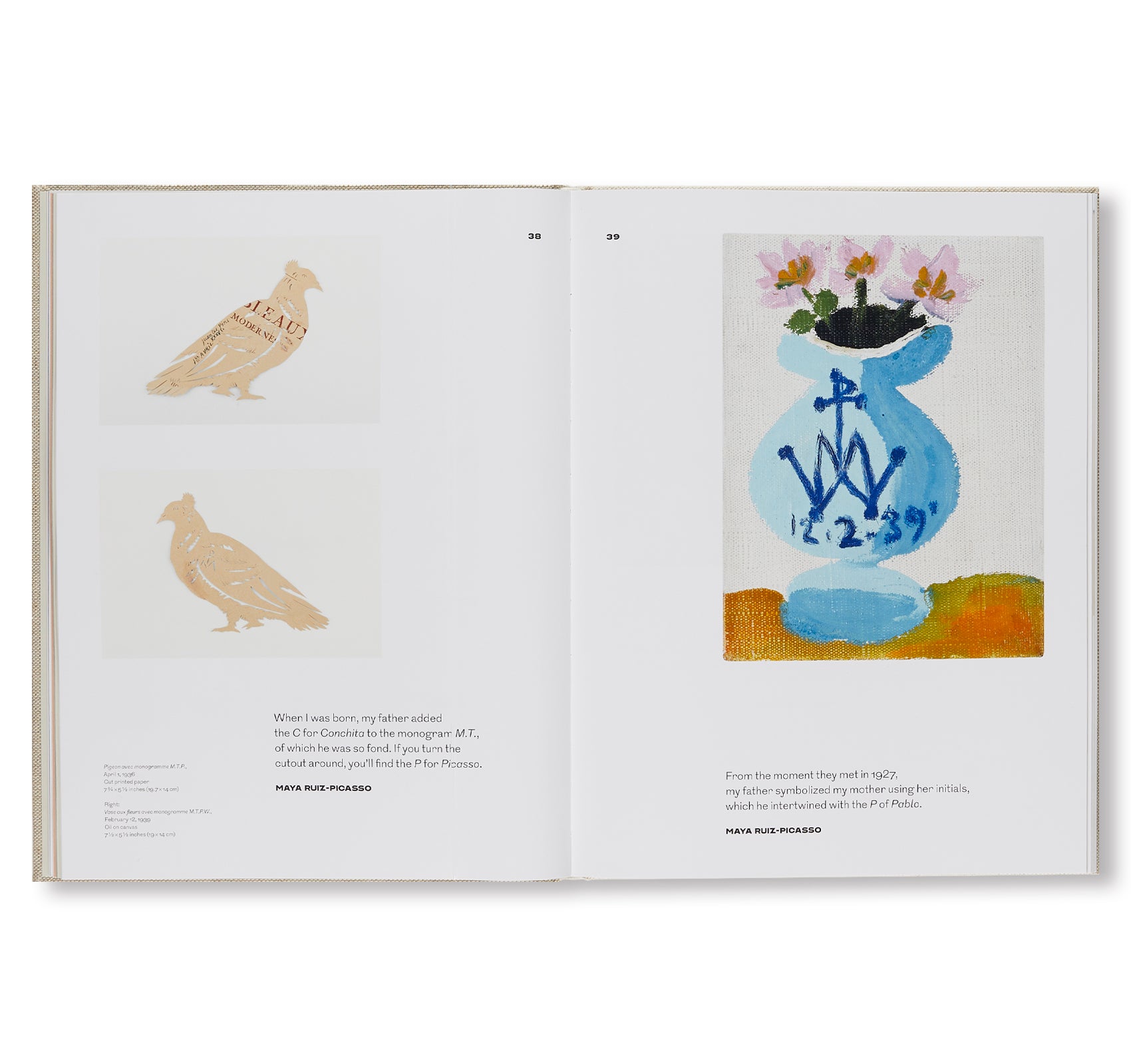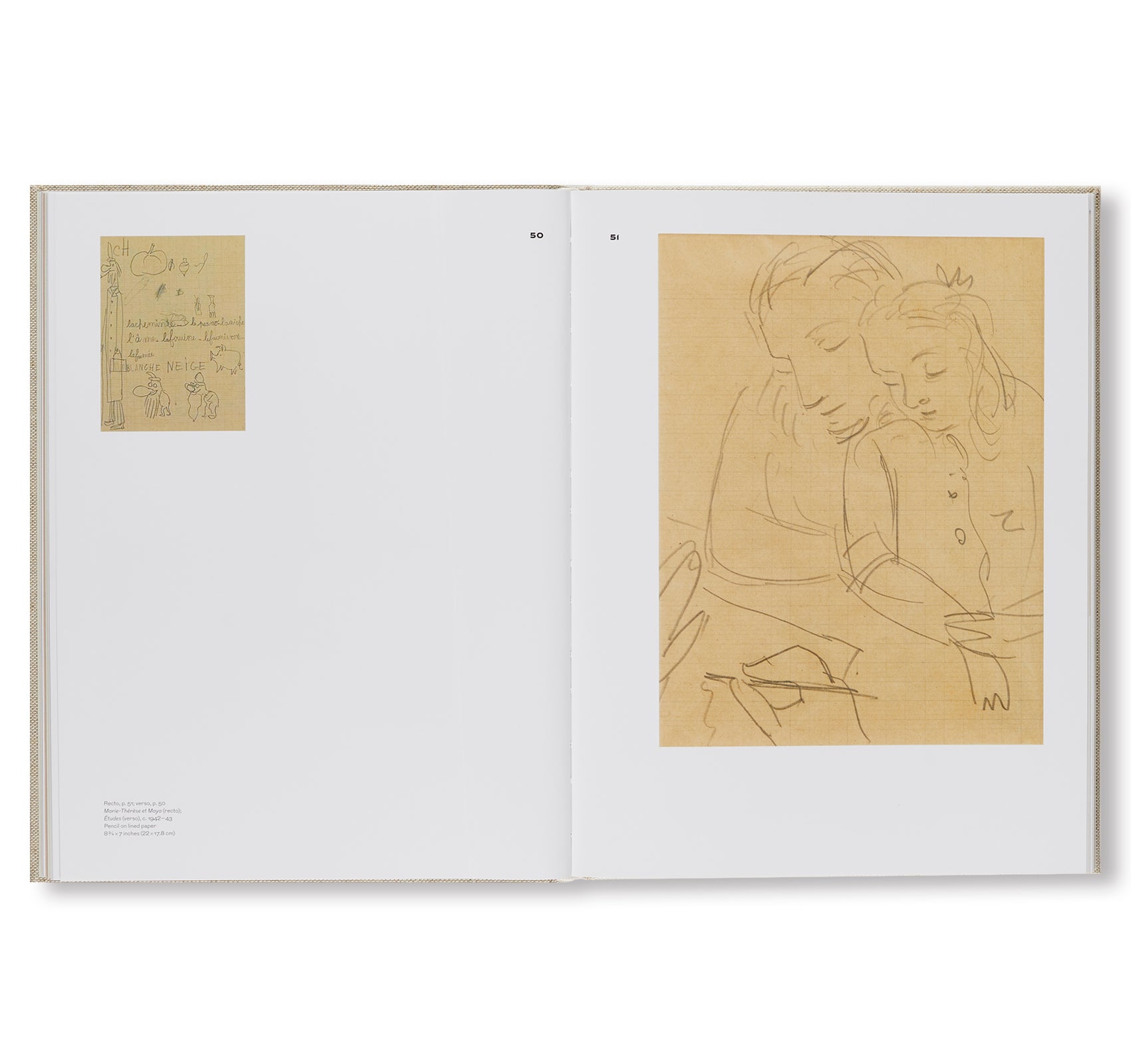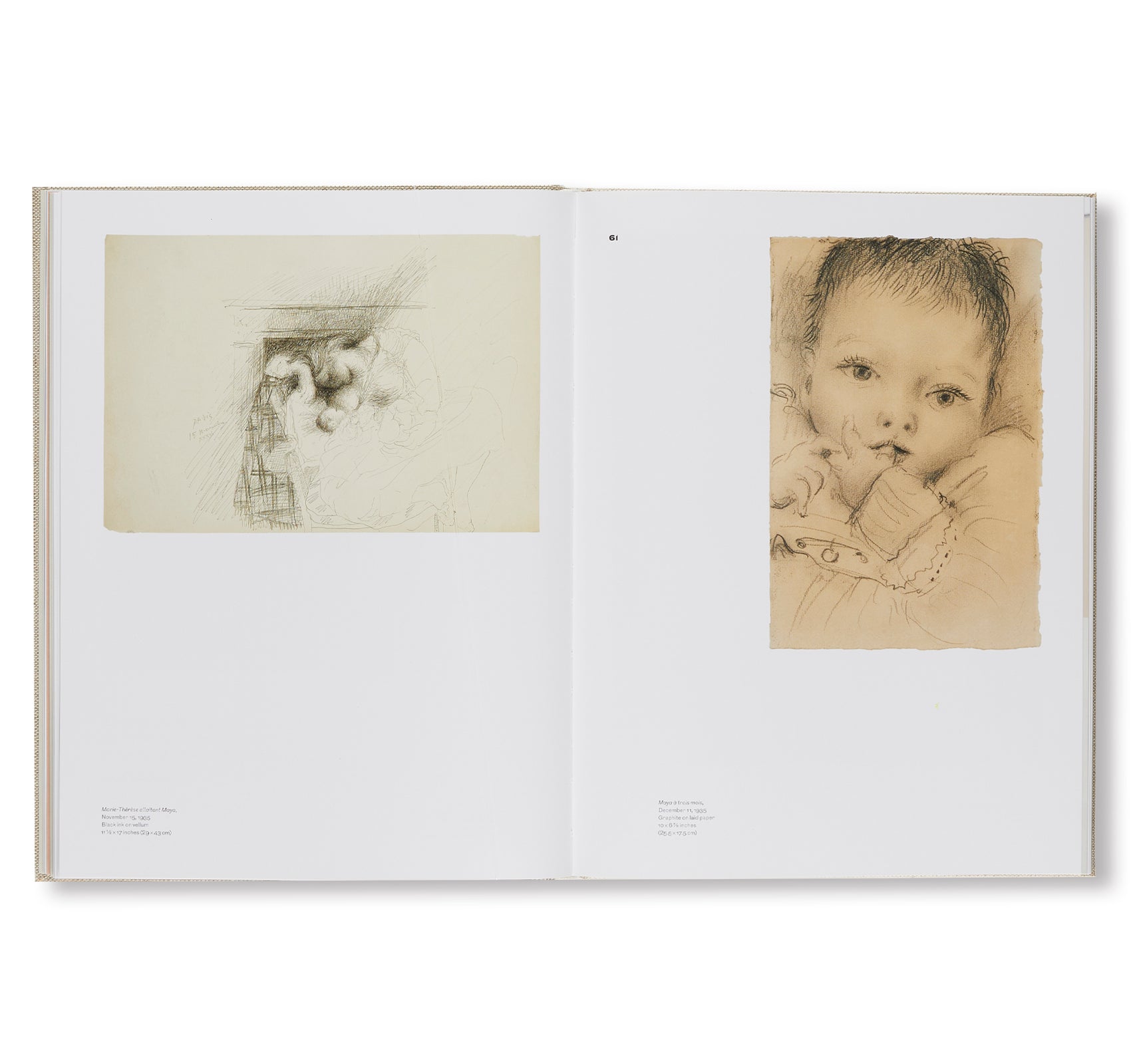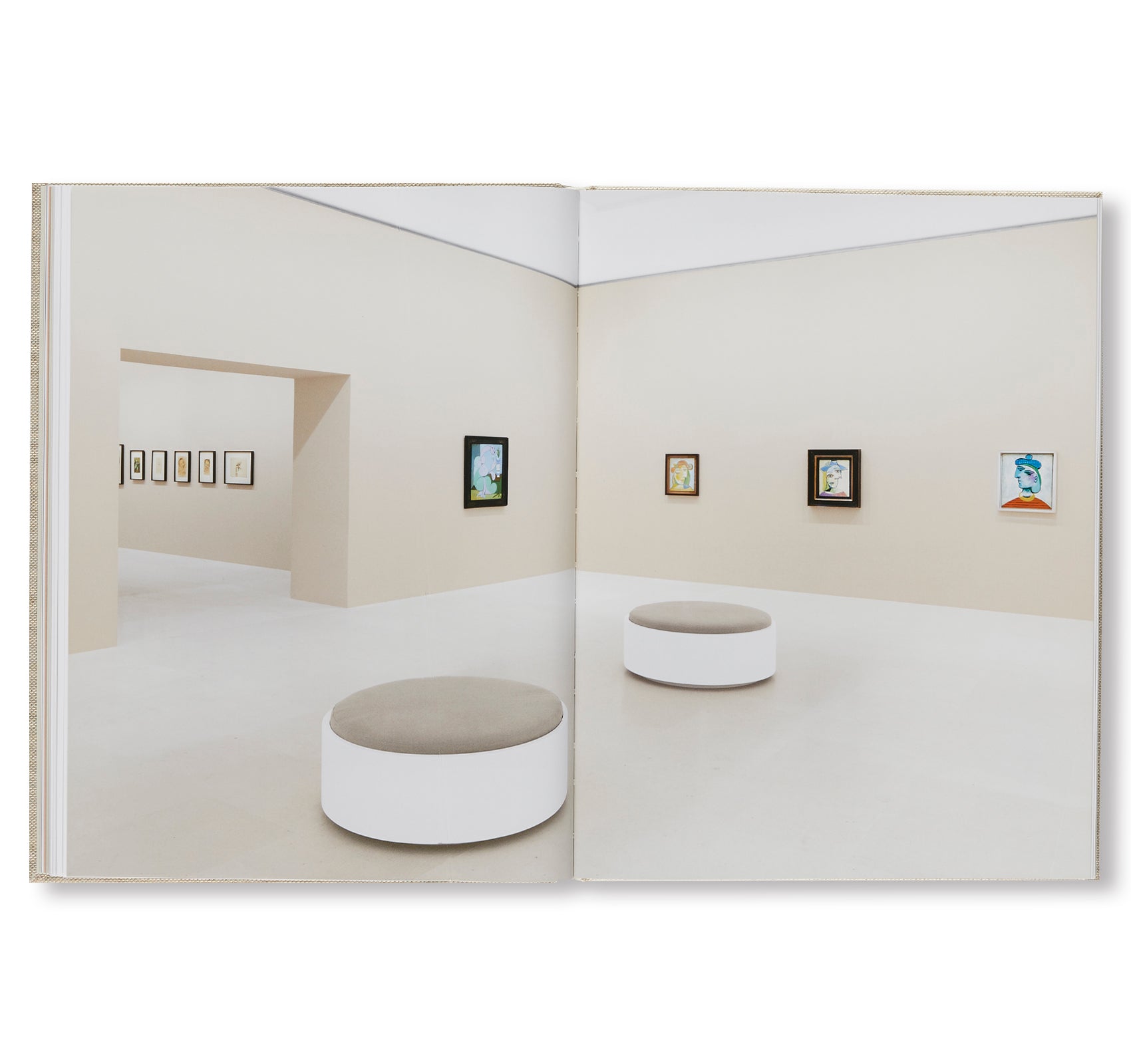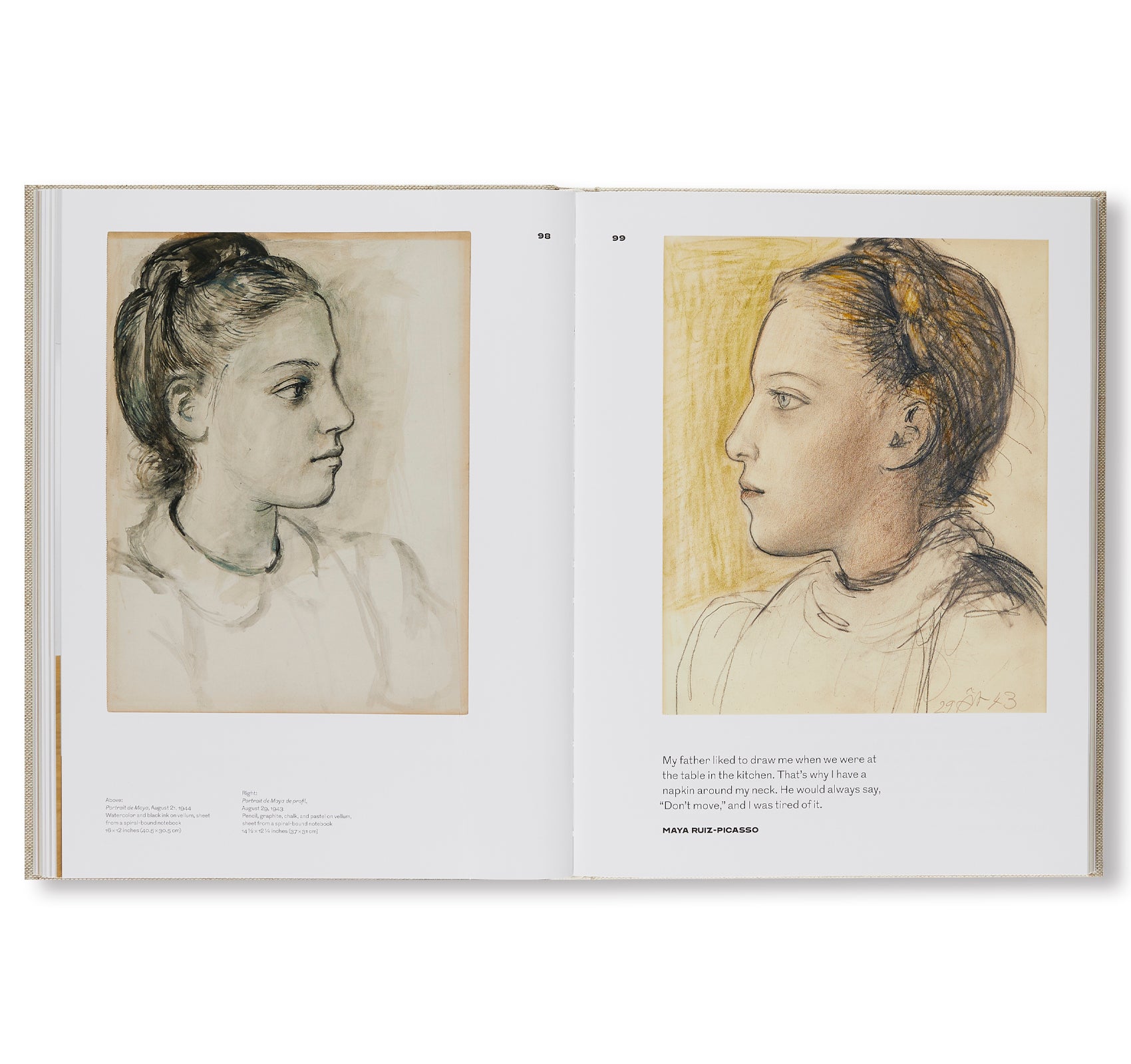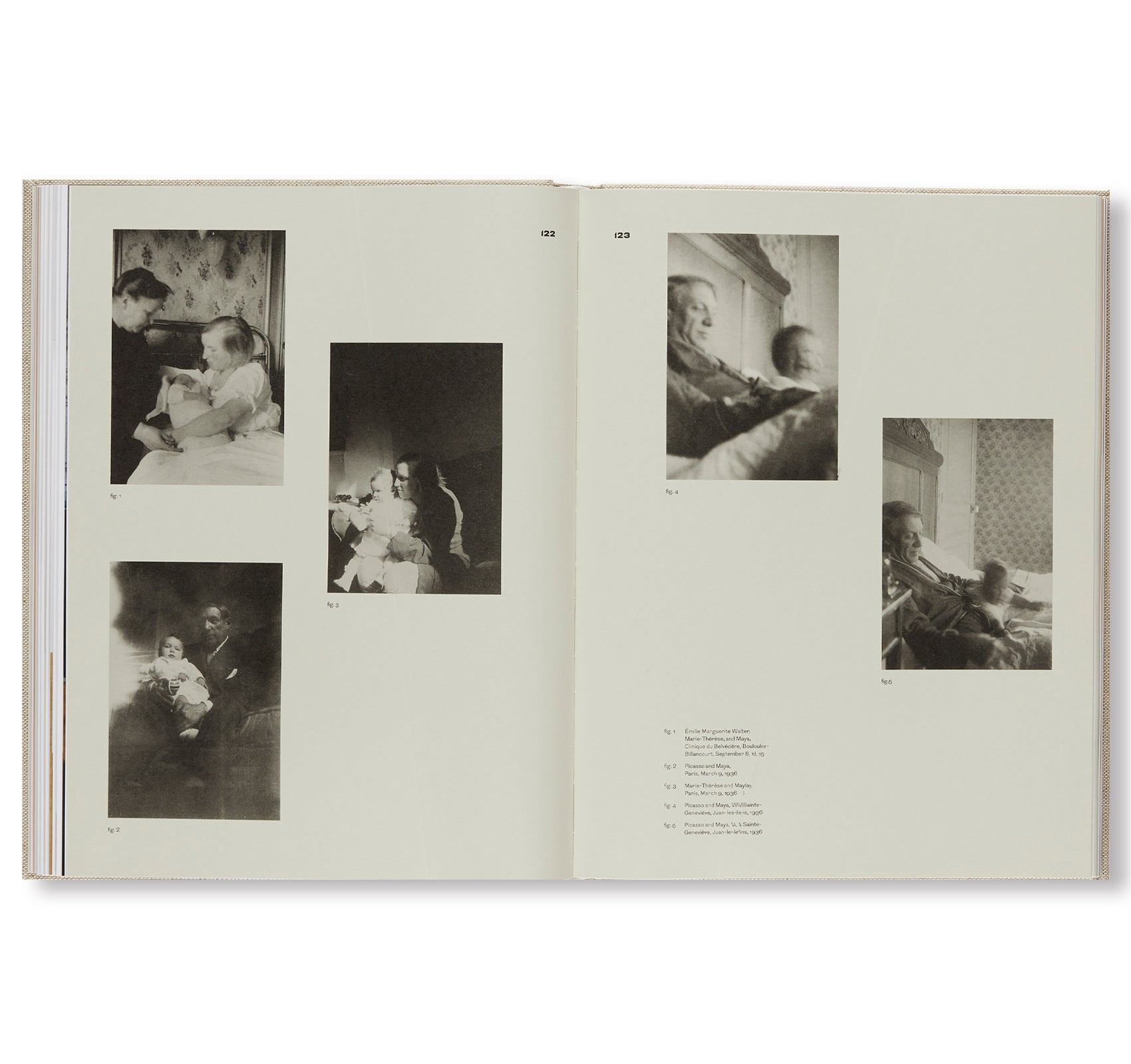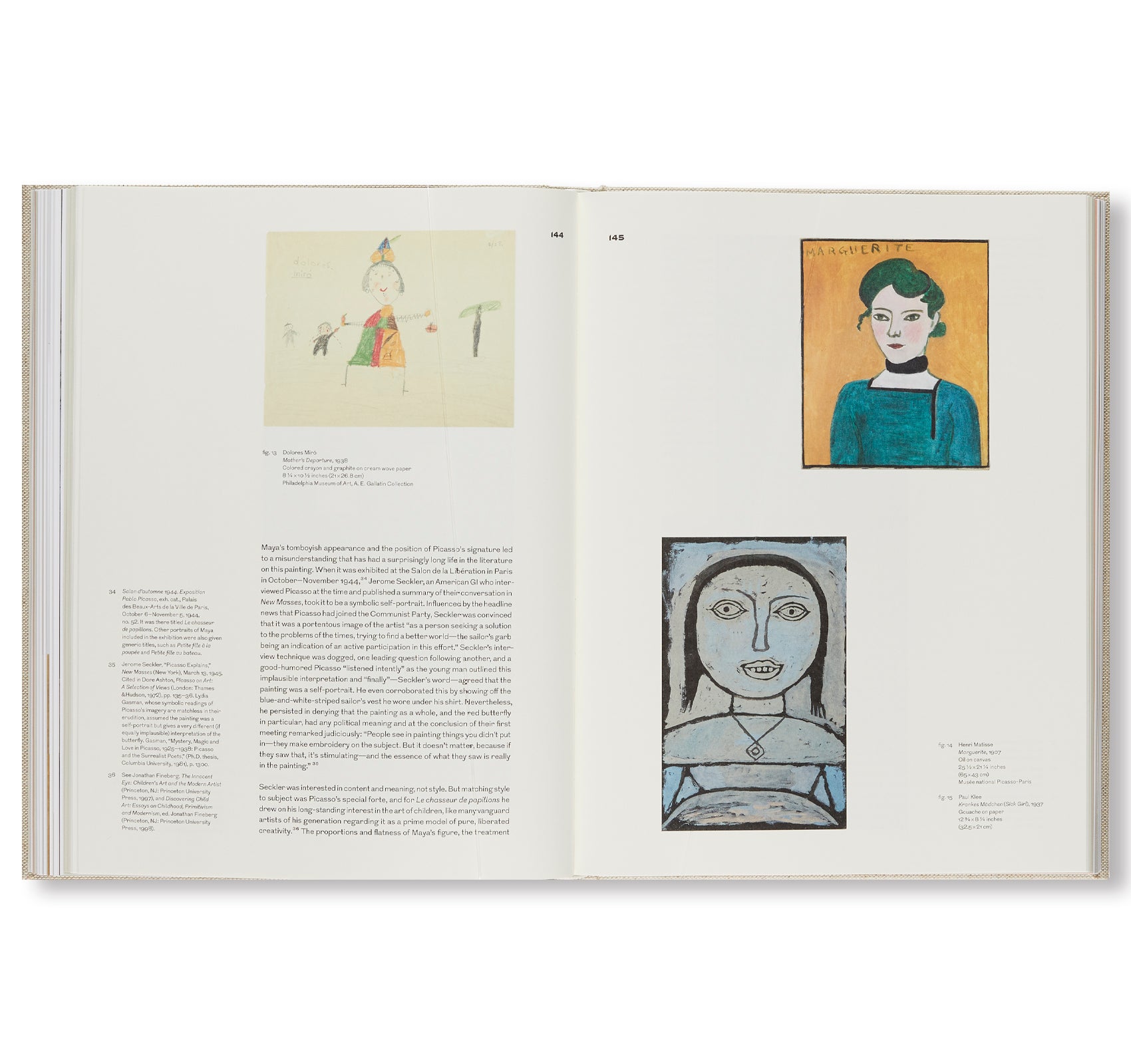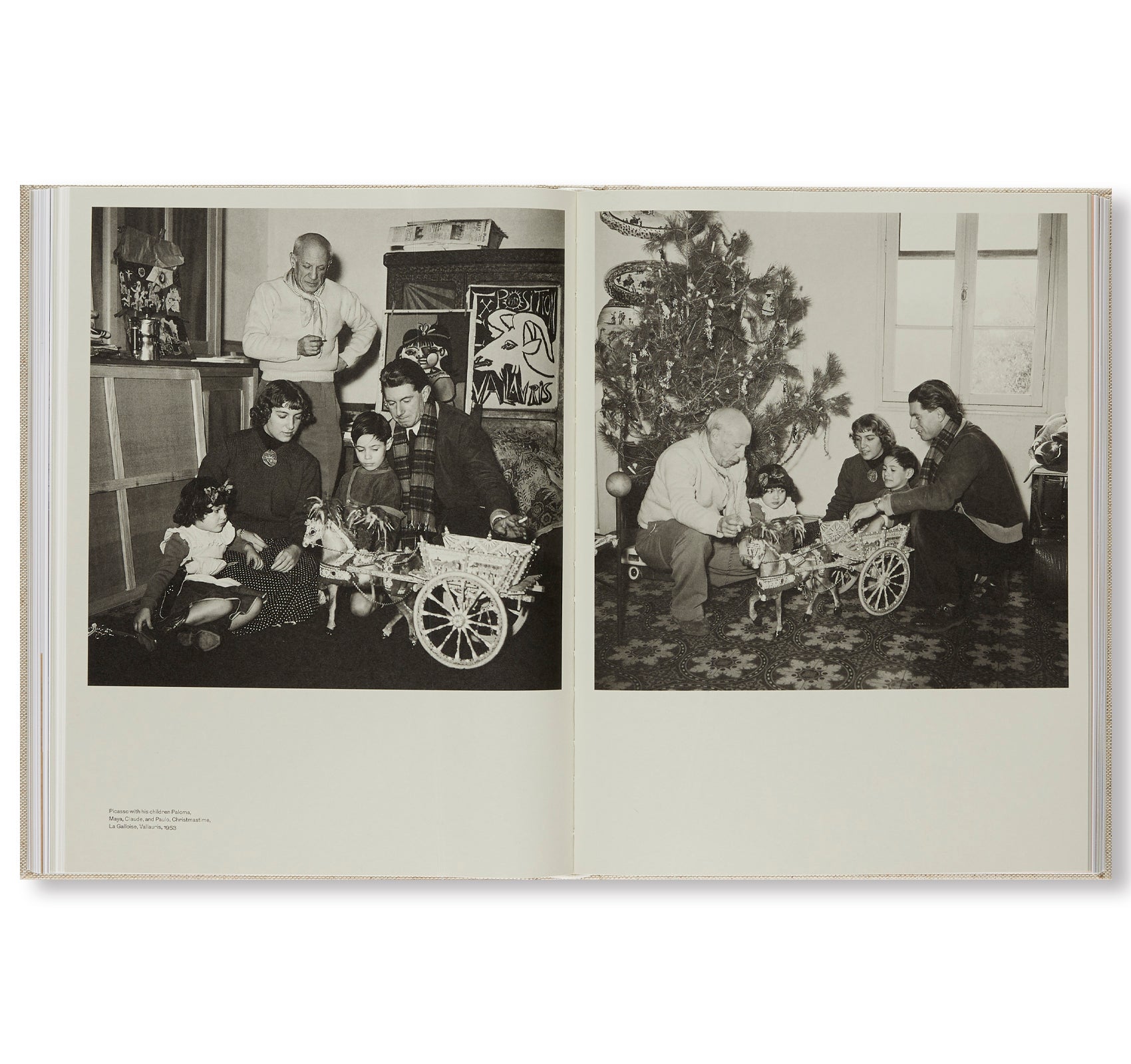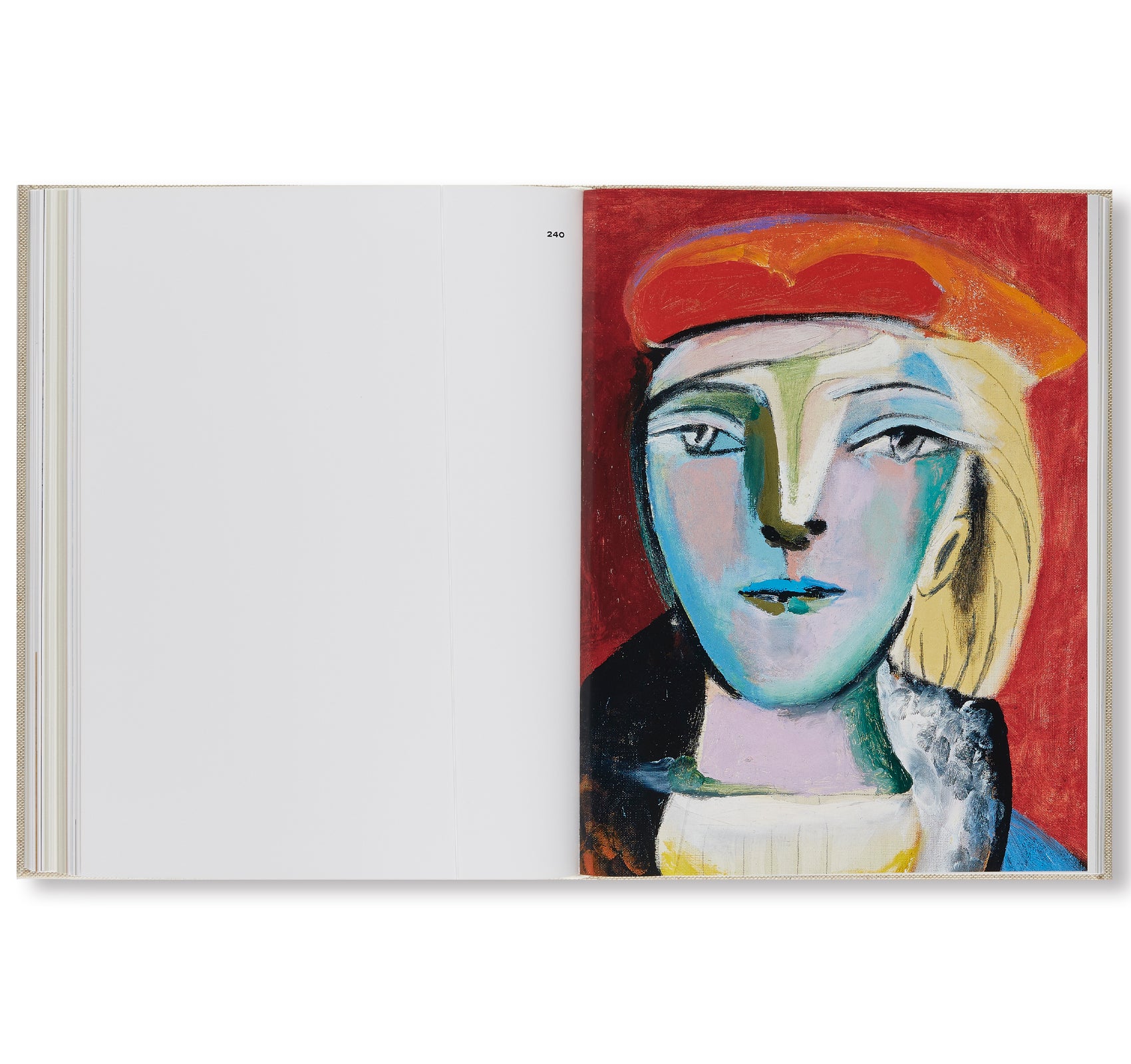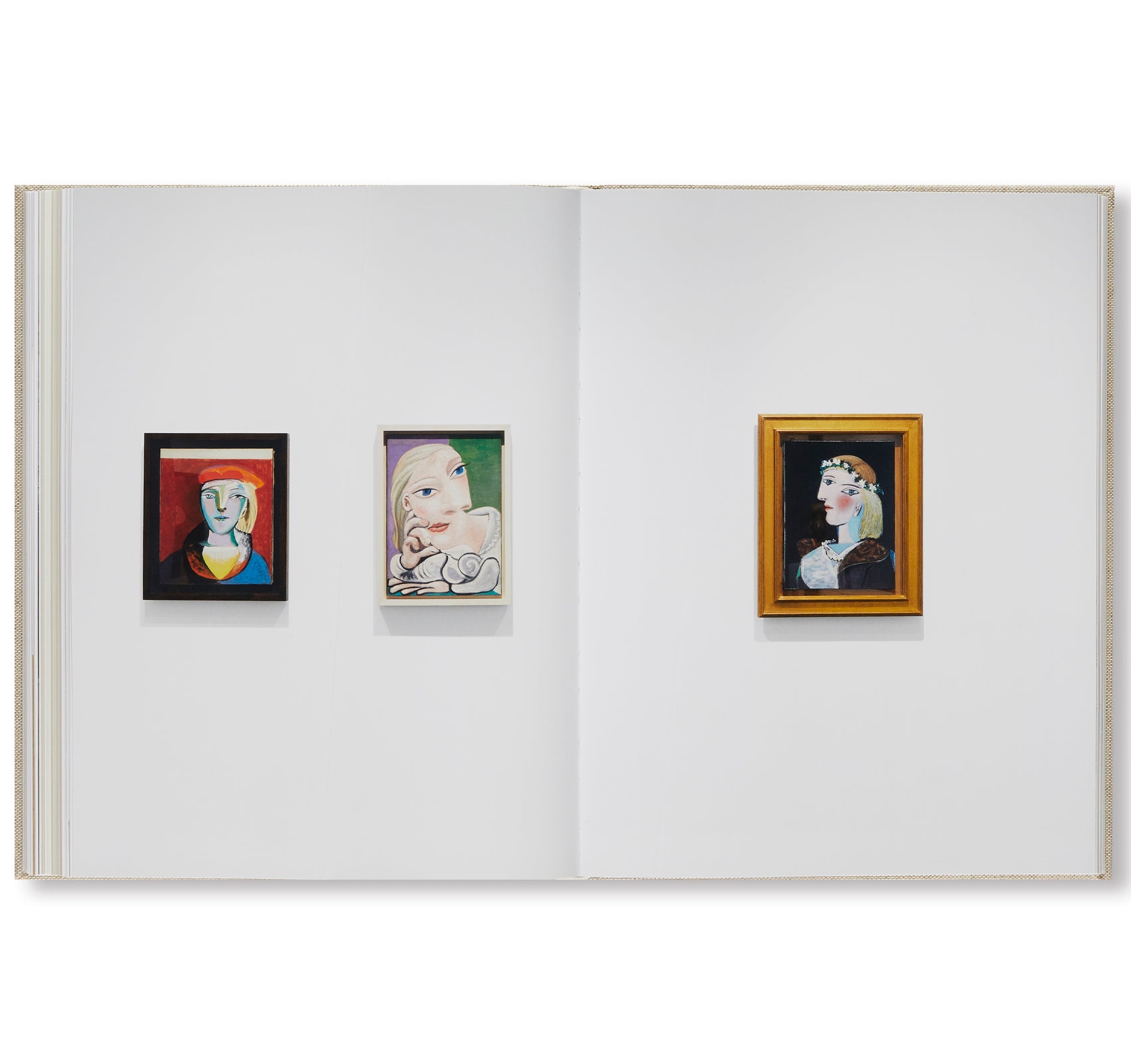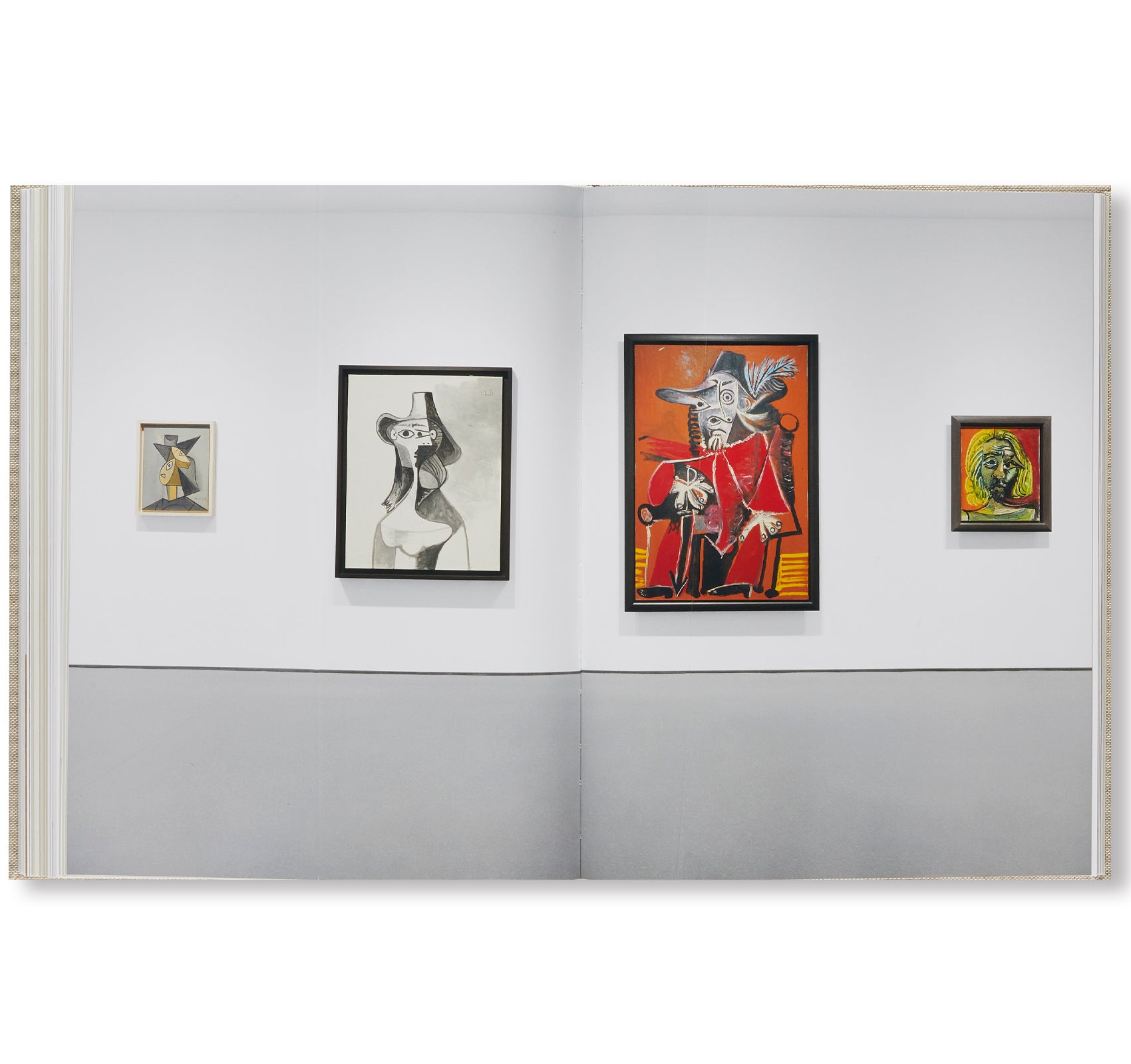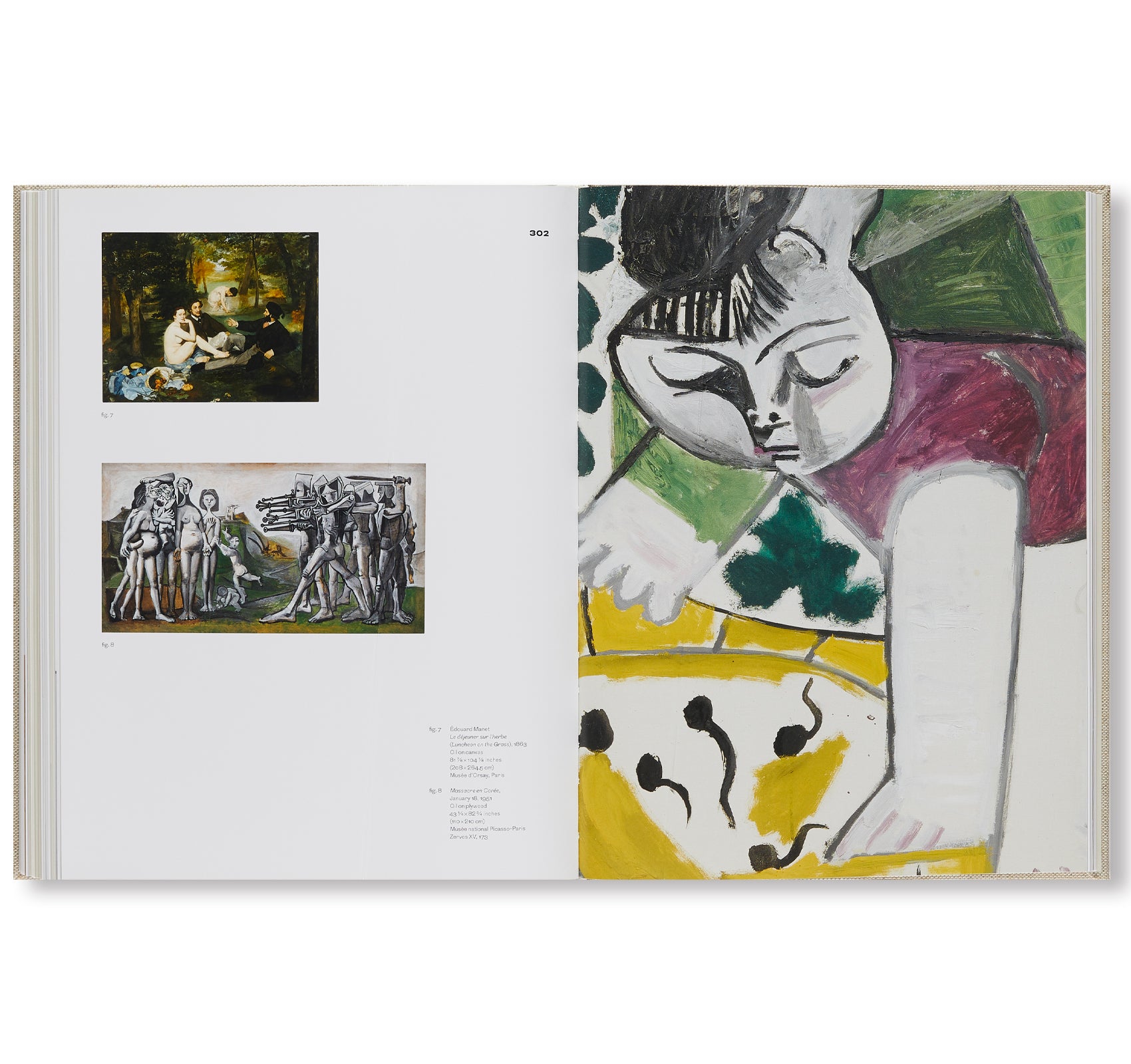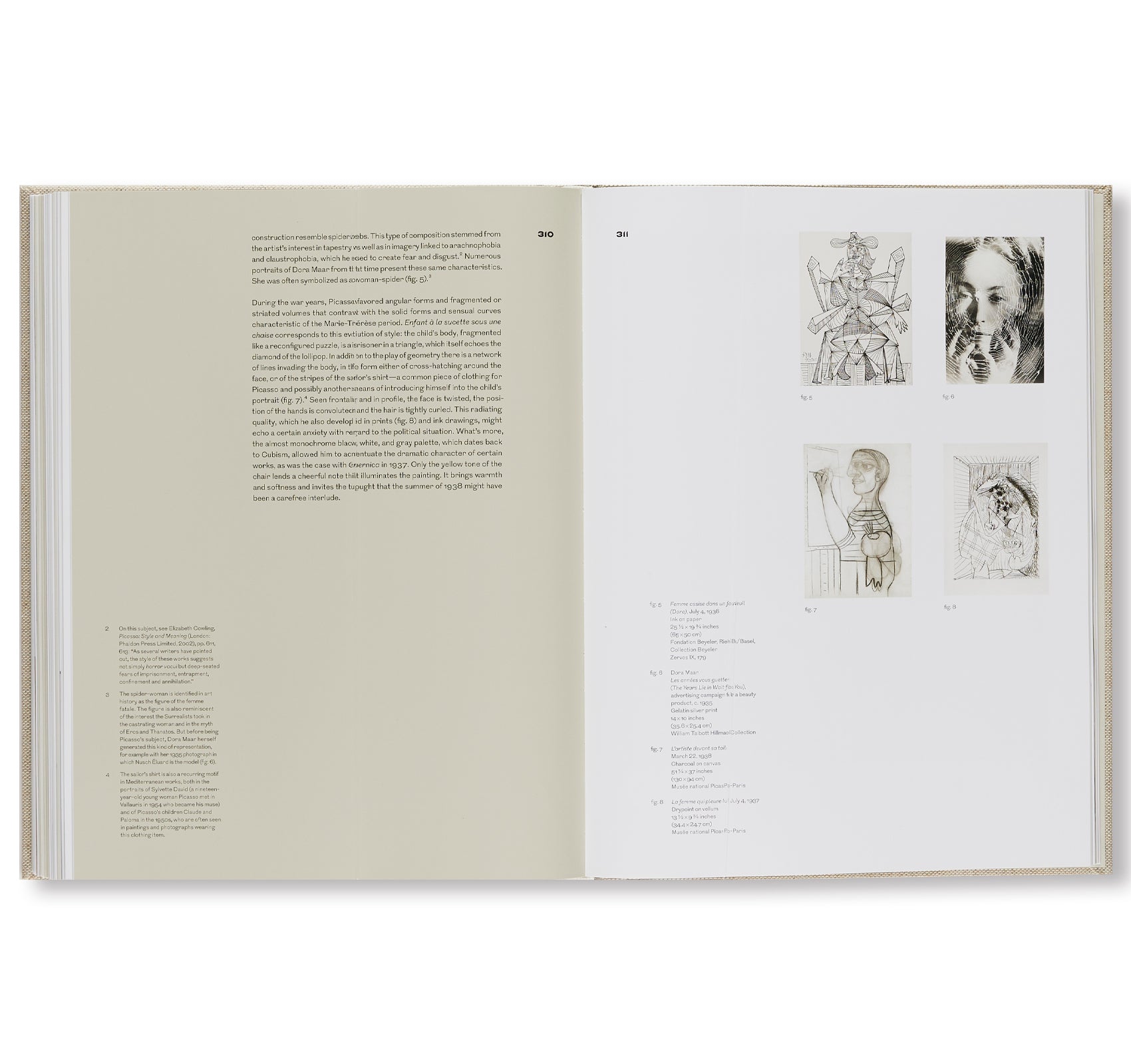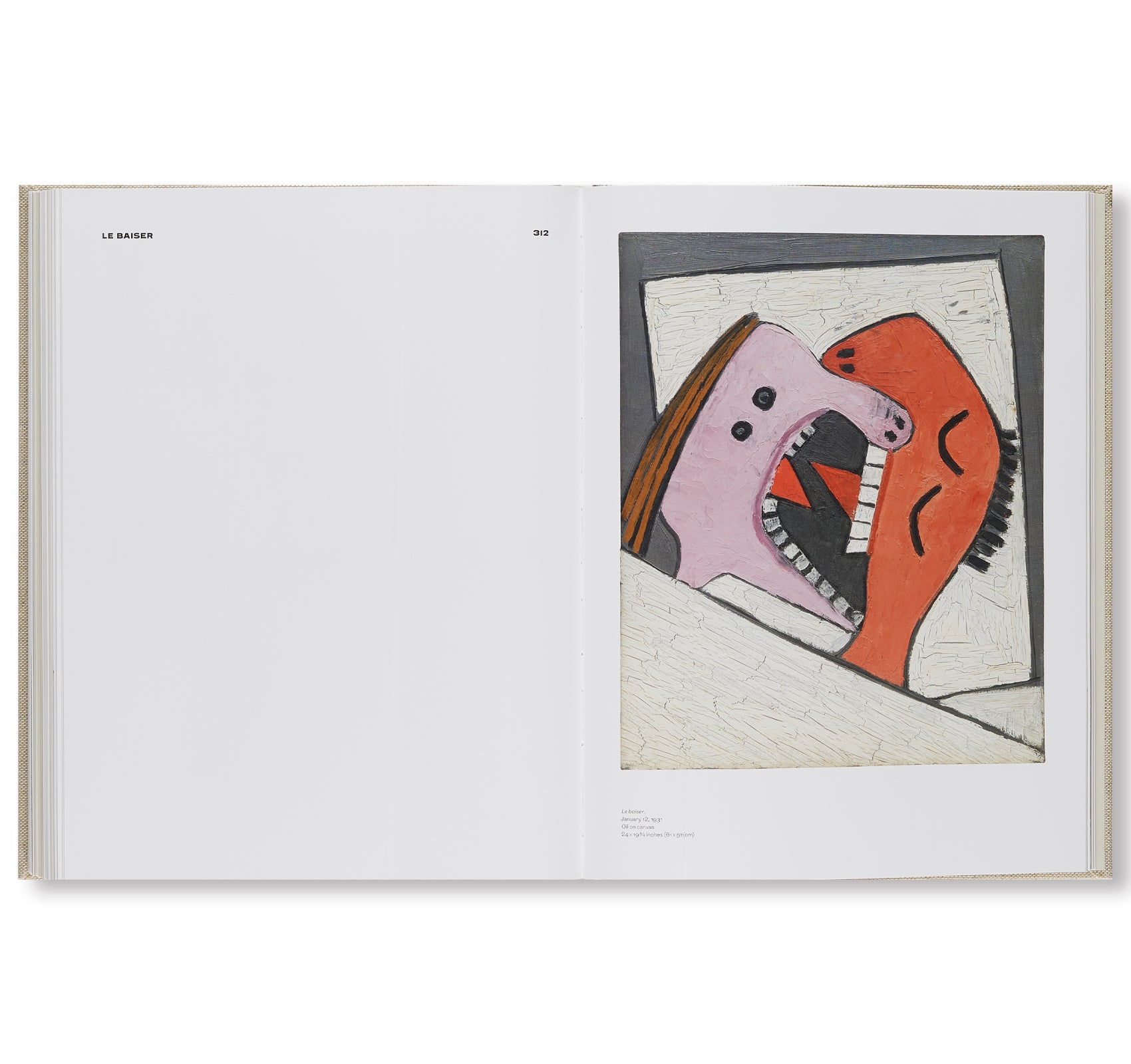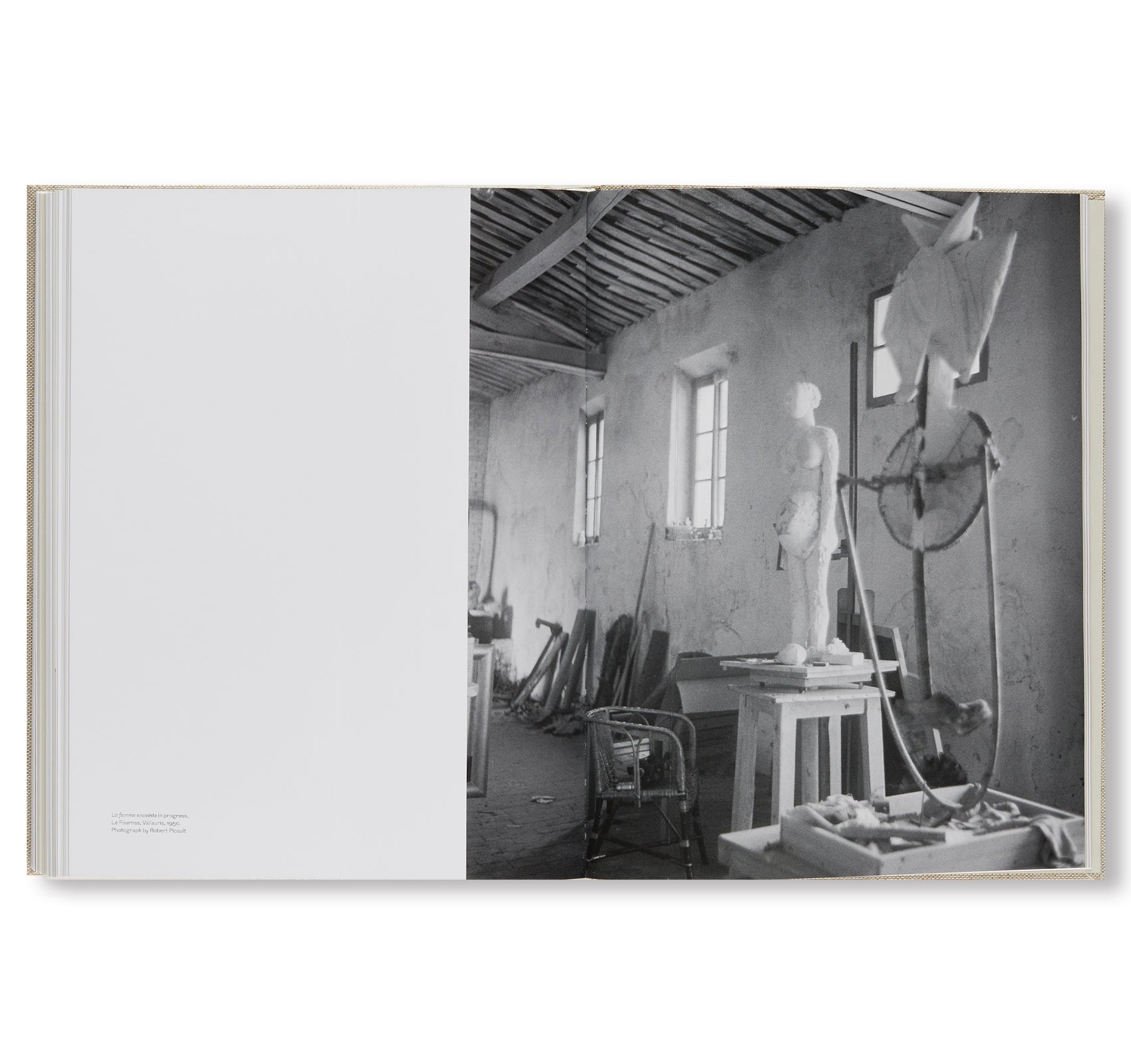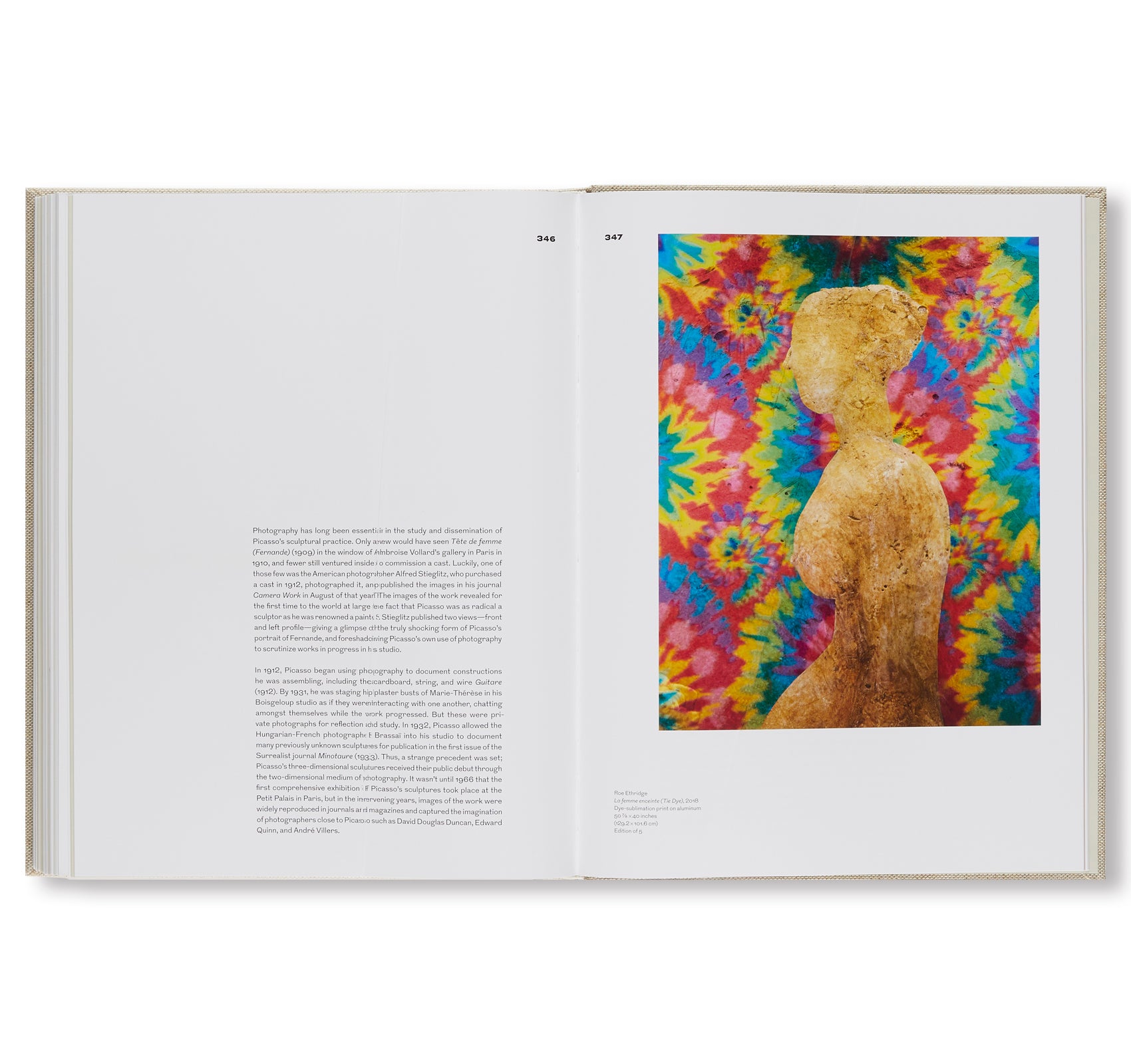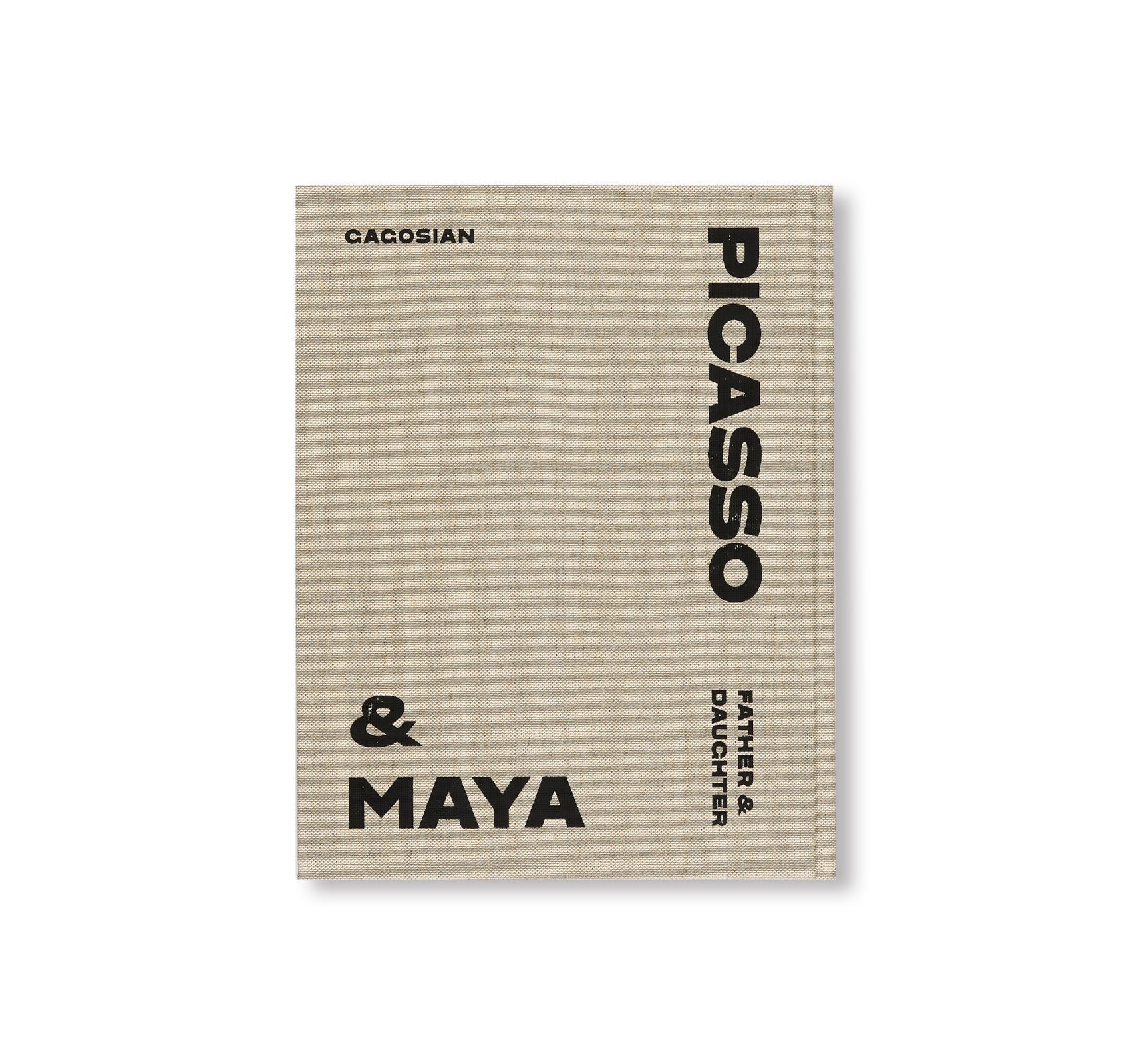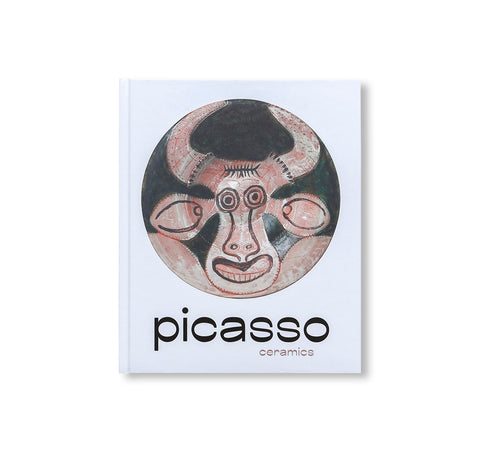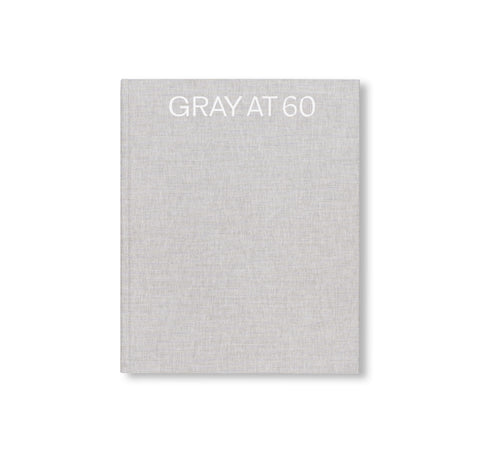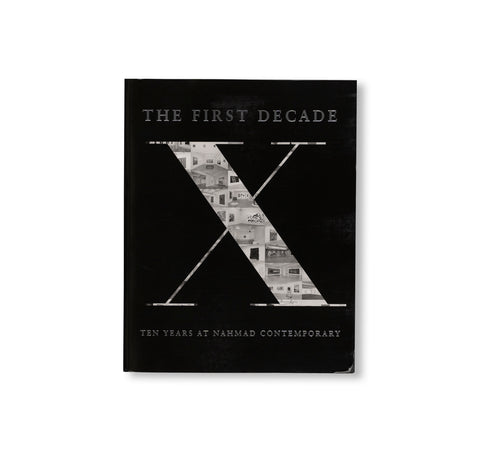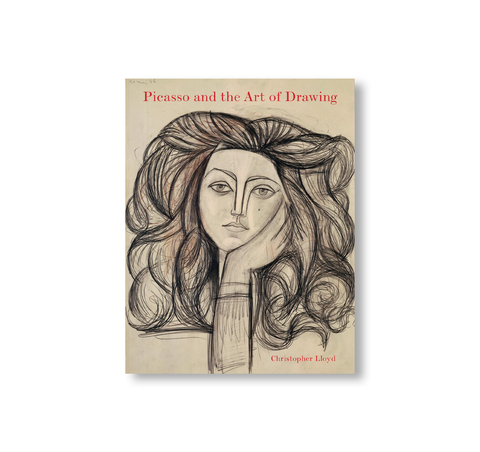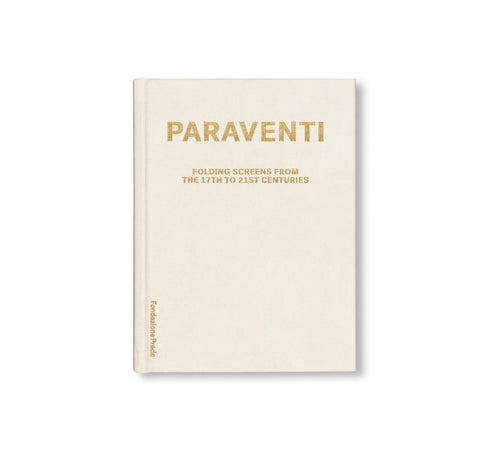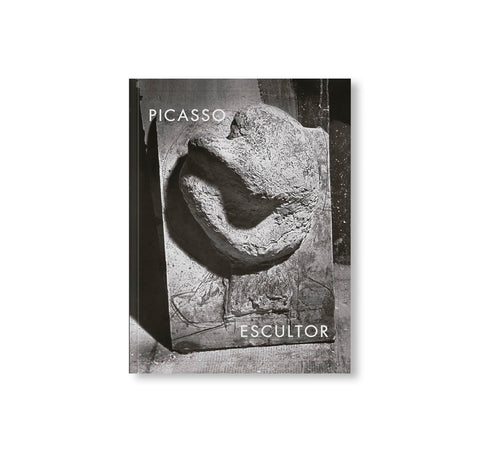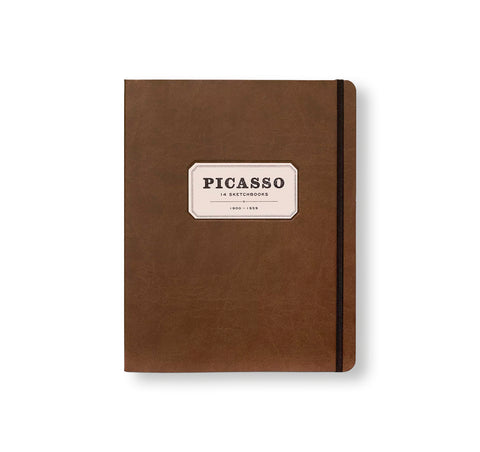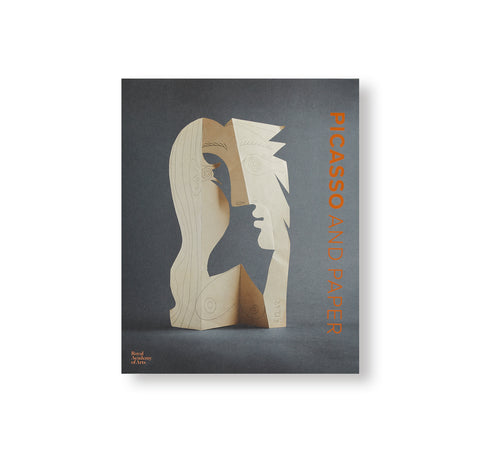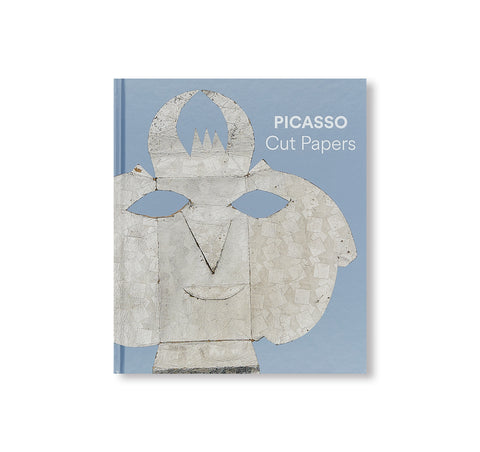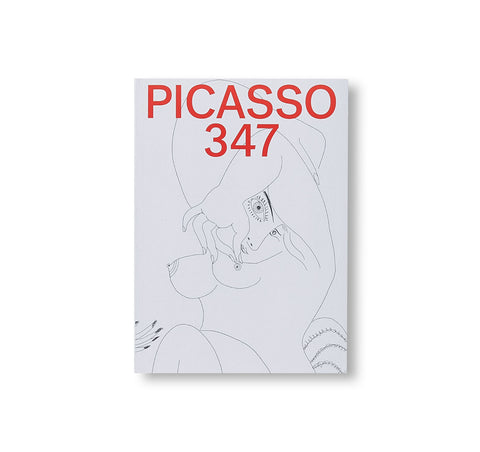PICASSO AND MAYA: FATHER AND DAUGHTER
スペイン出身、フランスを拠点に活動したキュビズムの創始者であり20世紀で最も偉大な芸術家の1人でもある、パブロ・ピカソ(Pablo Picasso)の作品集。ピカソの孫であるダイアナ・ウィドマイヤー=ピカソ(Diana Widmaier-Picasso)が、2016年と2017年に企画・キュレーションを担当し、ニューヨークとパリの「ガゴシアン・ギャラリー(Gagosian Gallery)」で開催した2つの展覧会に伴い刊行された一冊。本書の編集も同様に手がけている。
本書には、ピカソの愛娘であるマヤ・ルイス=ピカソ(Maya Ruiz-Picasso)のコレクションを収録。先述した2つの展覧会「Picasso’s Picassos: A Selection from the Collection of Maya Ruiz-Picasso」(2016年)、「Picasso and Maya: Father and Daughter」(2017年)の図録にとどまらない包括的な構成となっており、同時にマヤ・ルイス=ピカソの姿を作品を通して探りつつ芸術家とその娘の愛情あふれる関係が見てとれる。
マヤ・ルイス=ピカソとダイアナ・ウィドマイヤー=ピカソのインタビューや、フォトグラファーであるエドワード・クイン(Edward Quinn)およびピカソ家が撮影した未公開写真が多く掲載されている。加えてピカソ研究家のエリザベス・カウリング(Elizabeth Cowling)、カルメン・ヒメネス(Carmen Giménez)、ペペ・カーメル(Pepe Karmel)によるエッセイを収録。また、彫刻作品『La femme enceinte』(1959年)にもフォーカスが当てられ、本作の撮影を依頼したアーティストでフォトグラファーのロー・エスリッジ(Roe Ethridge)とのディスカッションも収められている。
本書は、グラフィックデザイナーのソニア・ダヤコヴァ(Sonya Dyakova)が主宰する「アトリエ・ダヤコヴァ(Atelier Dyakova)」が装丁を手がける。
インタビュー ソニア・ダヤコヴァ 『Donald Judd, Artworks: 1970–1994』における制作プロセスとその理想形
This book was published on the occasion of Picasso’s Picassos: A Selection from the Collection of Maya Ruiz-Picasso at Gagosian, 976 Madison Avenue, New York, and Picasso and Maya: Father and Daughter at Gagosian, Paris. Diana Widmaier-Picasso curated both exhibitions: the first gathered works from the collection of her mother, Maya Ruiz-Picasso, Pablo Picasso’s eldest daughter; the second commemorated the relationship between Picasso and Maya.
More than just an exhibition catalogue, this comprehensive reference publication explores the figure of Maya throughout Picasso’s work and chronicles the relationship between the artist and his daughter. The volume features an interview between Ruiz-Picasso and Widmaier-Picasso, along with archival photographs by Edward Quinn and from the Picasso family, many of which have never been published before.
Additionally, it includes essays by Picasso scholars Elizabeth Cowling, Carmen Giménez, and Pepe Karmel. A section of the book is devoted to Picasso’s plaster sculpture La Femme Enceinte (1959) and includes a discussion of Roe Ethridge’s vivid, specially commissioned photographs of this work.
